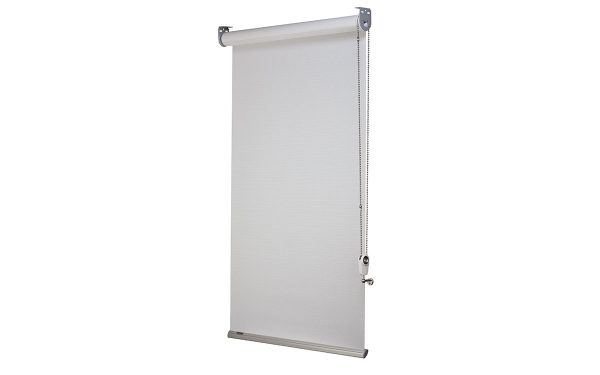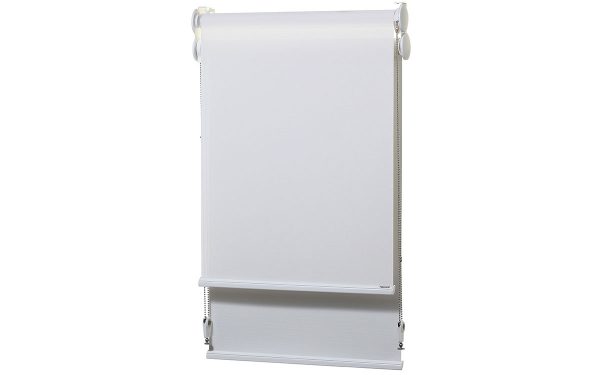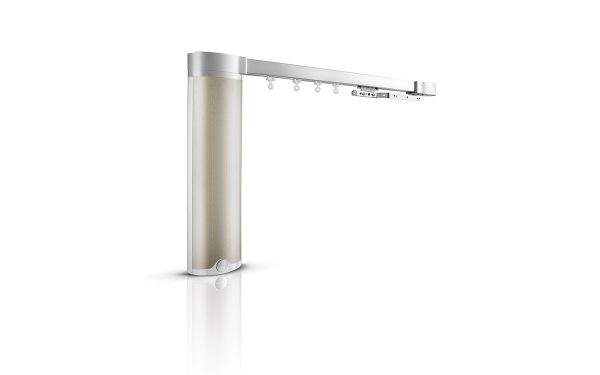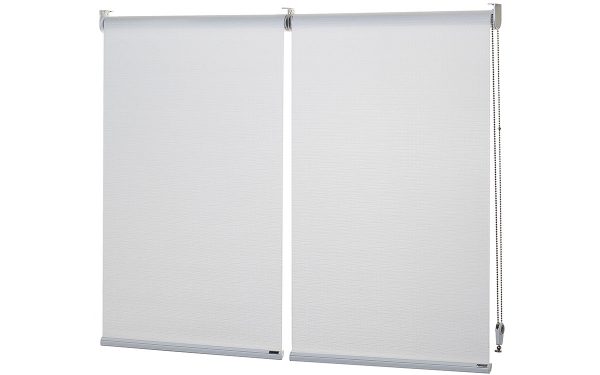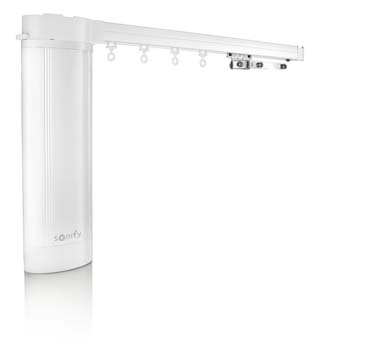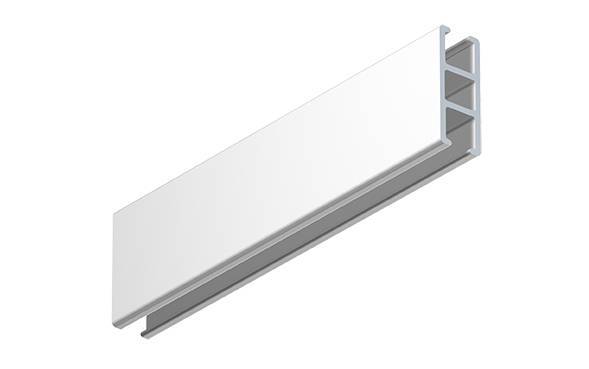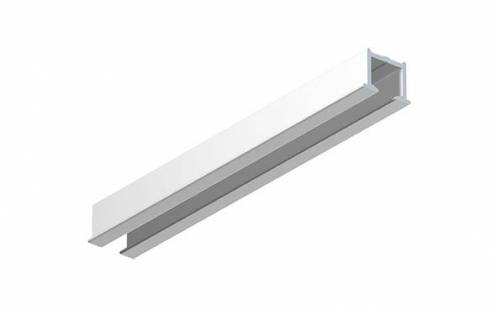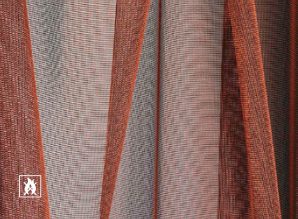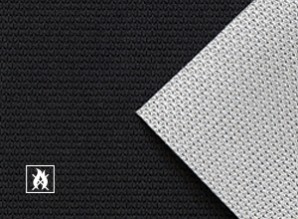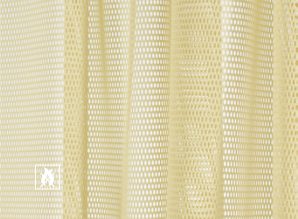Window Coverings: An Important Part of the Energy Efficiency Equation for Commercial Buildings
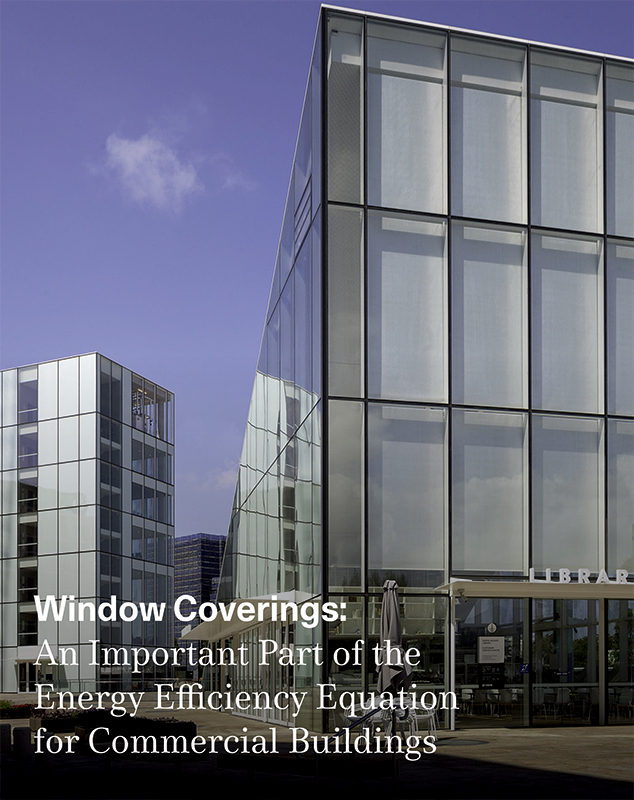
This whitepaper examines the various types of commercial window coverings available and the materials used in their manufacture, it makes the case for window coverings as an important element of the energy efficiency picture for commercial buildings.
Whitepaper Details
Commercial buildings (such as shops, hotels, restaurants, offices, industrial buildings, schools, hospitals, etc.) are responsible for approximately 10% of Australia’s total greenhouse gas emissions.
Like residential dwellings, they represent a significant proportion of our climate problem. Every effort should be made to reduce the amount of energy they consume and the amount of carbon they produce.
The good news is that the tools required to make these changes already exist. By using only currently available technologies and methods, the building sector (including both the residential and non-residential sectors) has the means to reduce its greenhouse emissions by 23% by 2030. Moreover, by the same means, it could achieve reductions of as much as 55% by 2050.
The ongoing impasse surrounding Australia’s climate policy, only makes the promise of improved energy efficiency more important. Considering the current political climate, in other words, it is more likely to happen than a shift from fossils fuels to renewables. In addition, as McKinsey notes, it is also cheaper and faster.
When the question of how to improve energy efficiency in commercial buildings is raised, one important part of the equation – namely, high quality window coverings – tends to be overlooked.
